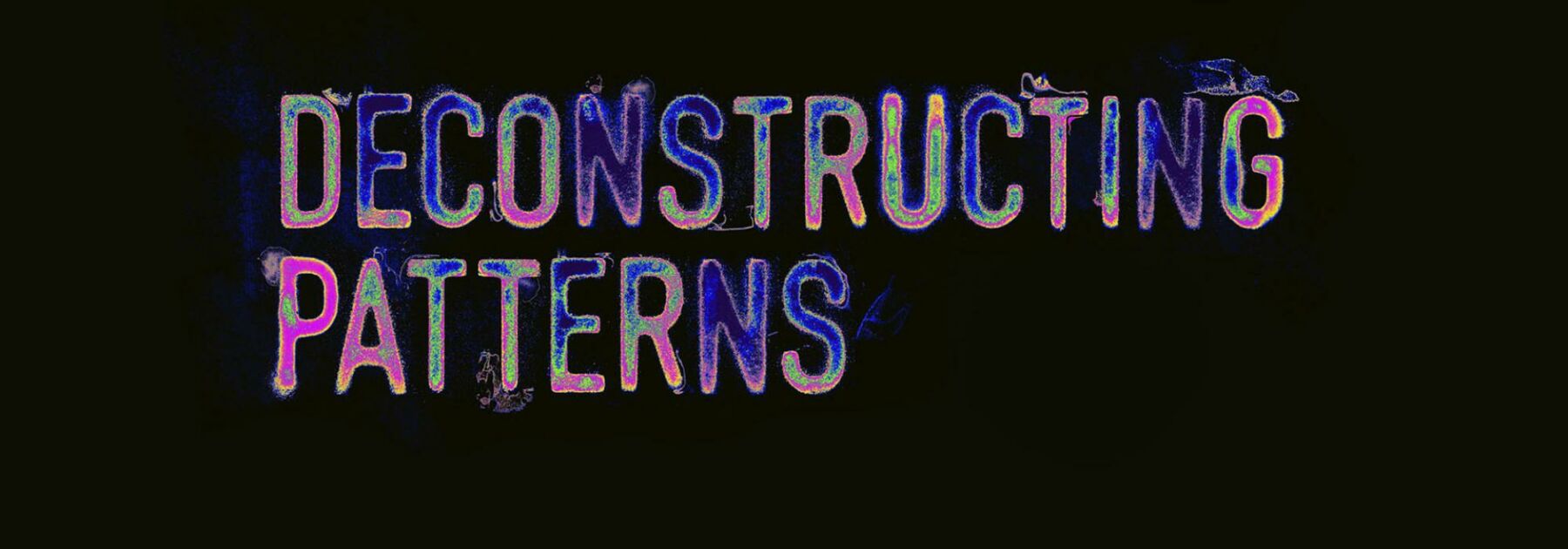Text by CLOT Magazine
Biomedical researchers at the Francis Crick Institute in London have collaborated with various artists across disciplines to curate Deconstructing Patterns. This exhibition takes inspiration from the microscopic patterns that the researchers at the Francis Crick Institute study daily.
These patterns are minute, only visible with powerful technological tools, and they are also incredibly dynamic, as the cellular and molecular elements fundamental to all living organisms never cease to move and change. Bryony Benge-Abbott, the exhibition’s curator, told us: We find patterns all around us, and most people are fascinated by or appreciate the aesthetics of living and non-living patterns. But how often do we think about the intricate patterns that develop inside our bodies throughout our lifetime?
Deconstructing Patterns will open its doors to the public on 1st February 2018 at the Francis Crick Institute (London). It will allow visitors to step inside the genome, explore the mysteries of metamorphosis and watch cells break symmetry. It is also a “fantastic opportunity for the Crick to engage visitors in discussions about their own biology, delving into a world of minute, dynamic patterns that are fundamental to human development”, Benge-Abbott explained.
The exhibition is divided into three “zones”. Each zone consists of a unique artwork exploring a specific developmental pattern and offers an alternative way of visualising and learning about them. Infinite Instructions is the first zone and consists of a poetry and soundscape piece by the poet Sarah Howe and sound artist Chu-Li Shewring. Patterns amongst huge genomic data sets are what provide the inspiration for this first immersive installation.
Transforming Connections is the second zone, created by the visual artist Helen Pynor. By using light, photography and sculpture, Pynor creatively studies the movement of patterns during the metamorphosis of the fruit fly Drosophila melanogaster. The last zone is Breaking Symmetry, which consists of a film created by the young filmmaking group KaleiKo. The film is a metaphor for the research carried out by The Polarity and Networks Laboratory and explores the asymmetrical patterns that can be found in the nematode Caenorhabditis Elegans.
As well as making the leading-edge research carried out at the Crick more accessible to the public, Deconstructing Patterns aims to clarify the role that patterns play in the development of living organisms but with very different approaches. The resulting commissions offer alternative routes into the science, using metaphors, sound, sculpture and film to immerse visitors in the shape, form and intricacies of three very different patterns, Benge-Abbott told us. By studying these patterns, scientists and artists find order within chaos and help us make sense of the natural world.







